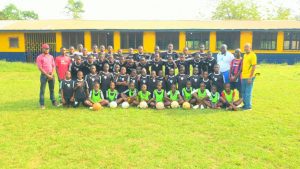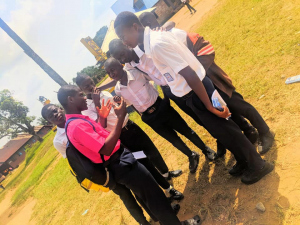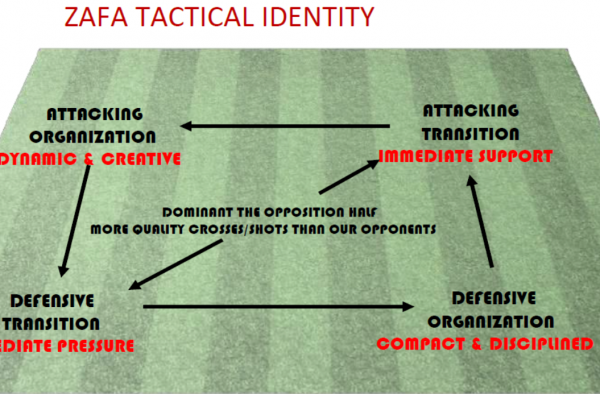It has been a long time coming, but youth are involved in sports more than ever before. They are no longer relegated to simple recess games in elementary school and a few choices thereafter such as calisthenics or jogging. They have so many options now including swimming, hockey, skating, soccer, softball, basketball, and more. Nothing is restricted to them. They are no longer in limbo about what is open to them. In fact, they excel at everything they tackle with the right motivation and opportunities.

And these opportunities abound. Every area of a neighborhood has its special sports such as skiing in mountain regions or skating on a frozen lake in winter. Youth can elect a favorite sport in school or an afterschool community program. It is up to their parents to support their endeavor and accept the time involved. Youth education in sports is now a staple in school, even for girls once considered the softer sex. Some sports were considered too “rough”.
Sports education for girls is an entire field in itself with special parameters and goals. Some programs are for recreation and health while others prepare the participants for professional sports. It is all about honing motor skills and a mind that can make decisions and a body that can act on demand.
Girls can now get into a college or university based on their previous engagement with sports. In fact, they are up for scholarships and a free ride. Some schools want specific sports, making a post-high school education very focused. This has long been the way boys attend college. Being good at sports has been the path to higher education, often a paid one.

Sports are vital for the self-esteem of youth and to maintain healthy practices that can be carried into the future. Any physical activity is fine, but playing a certain sport has many rewards. Both boys and girls learn how to be on a team and cooperate with others. They learn to establish personal and group goals, an asset that will serve them well later in life, especially in a professional career. Life is about relationships and communication. Sports teach youth to develop them in a non-threatening atmosphere. Additionally, sports lower delinquency and keep youth preoccupied and out of trouble.
Sports impart discipline which is needed for youth until they mature. Parents are grateful that an organization or institution will take over this job. In addition to discipline, youth learn to take criticism and develop tough skin. They know that they will not always be rewarded for everything they do in life. So many younger people get accolades even for poor efforts since the world doesn’t want them to experience rejection and low self-esteem.
On the contrary, sports are a microcosm of the real world and what happens in real life. Taking the blame for an under-par performance is normal in sports and a vital asset in life. Youth will soon acquire jobs and have to face their bosses. They may not be as forgiving as parents and teachers who adorn youth with praise – sometimes undeserved. Kids expect to be rewarded and it creates self-deception and disappointment. Sports require toughness and perseverance. Good players learn not to give up in the face of minor defeats. They get up and move on.

In sum, sports is part of the holistic development of young people. They are known to foster physical, social, and emotional health. Sports in essence build character. The benefits are well known and far-reaching. From a physiological perspective, sports develop strong bodies and minds. From a psychological perspective, they build confidence and self-esteem. There is no greater pride than succeeding in a chosen sport, whether done on a team or alone such as cross country soccer or swimming. New youth programs in sports education are to be welcomed, especially in areas where such opportunities do not exist. They are not automatic in all locales and need to be implemented in areas bereft of options.



